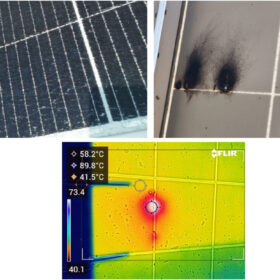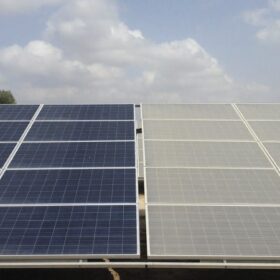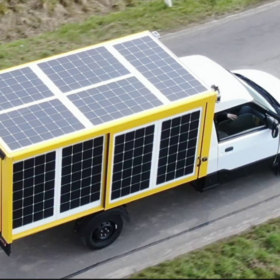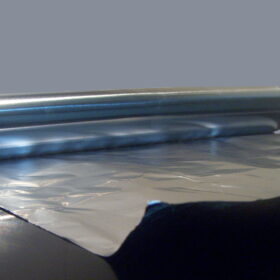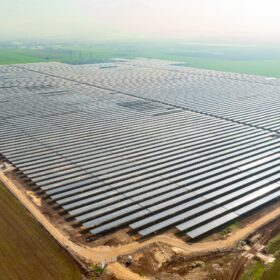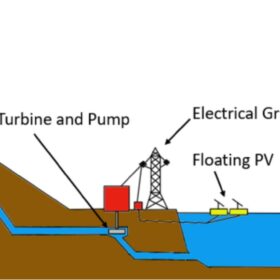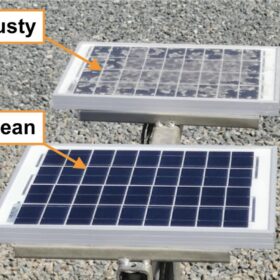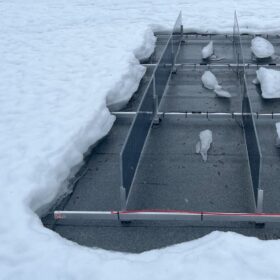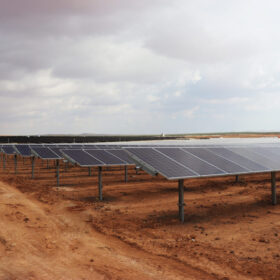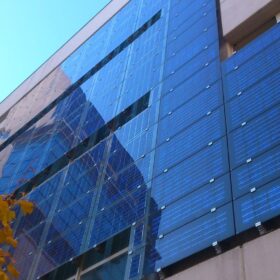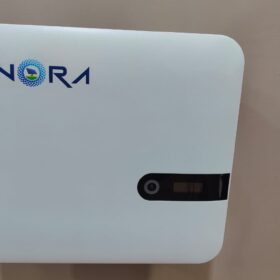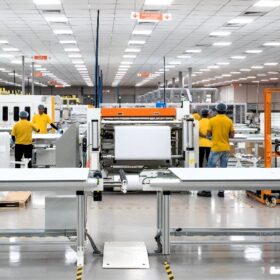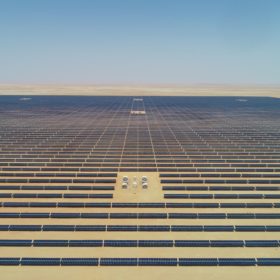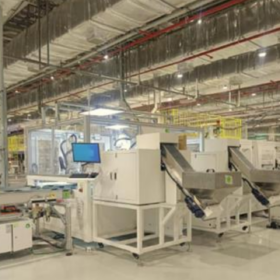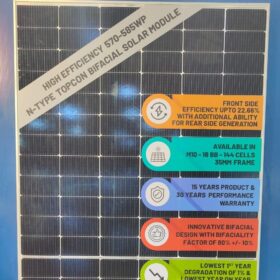New study shows reducing number of solar modules per string reduces risk of hotspots
Scientists in Indonesia have investigated early operational defects in a 24.9 MW solar PV system in Sumatra and have identified hotspot formation as the dominant defect. They also detected 282 cases of glass cracking, 350 cases of junction box failures and shading effects linked to module defects.
Pressurized water cleaning can improve PV generation efficiency by 10%
Researchers in China have investigated the dust-scaling process and various water-based cleaning methods to optimize maintenance strategies for enhanced safety and efficiency in PV systems.
PV-powered electric vehicles can have up to 30% higher range
A European research team has installed solar panels on a light commercial electric vehicle and has tested their performance for four months. The vehicle was able to extend the range by 530 km, although not all panels contributed equally. System efficiency was measured at up to 66%.
Aluminum foils can reduce temperature in double-glass PV modules by 6 C
Scientists in China placed a 0.5 mm thick aluminum foil between the solar cell and the EVA, and between the EVA and the glass layer. The two experimental modules were compared to a reference module and were found to dissipate heat and increase the in-plane temperature uniformity.
Teralight switches on Israel’s largest solar plant
Teralight has activated Israel’s biggest PV project, the 150 MW Ta’anach 1 array, which will produce 310 GWh of energy per year. The facility will be expanded next year with the 104 MW Ta’anach 2 installation, featuring 440 MWh of energy storage.
The case for combining pumped-hydro storage with floating PV
Researchers in Italy have analyzed the techno-economic viability of enhancing three pumped hydro plants in Italy with floating PV on the lower basin. They say that, with their wide results, consequences could be extrapolated to similar regions.
The best tilt angle to improve PV module performance in world’s worst soiling accumulation zone
Scientists have measured the performance of PV modules under strong soiling conditions in Saudi Arabia and have identified the most suitable tilt angles for improving power generation. They have also found that a key role is played by rain intensity, dust, sandstorms, and cloud cover.
Vertical rooftop PV performs better than conventional rooftop solar under the snow
A case study analysis by Norway’s Over Easy Solar has found that vertical rooftop solar panels outperform conventional rooftop PV systems during snowy months. Energy yield was up to 30% higher in the winter months in Norway, according to the company.
Pumping underground water in the desert with PV, wind
Scientists have designed a system that combines solar panels, wind turbines, and battery storage to operate water pumping systems in Jordan. They simulated it under several scenarios in search of the optimal size.
Five-year testing show PV façades perform better than expected
Researchers in the Netherlands have analyzed the performance of PV façades during the period 2018-2023 and have found that these system may generate more economic value than conventional rooftop PV systems. Their analysis was based on financial, technical and environmental metrics
